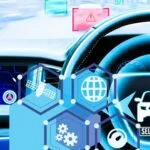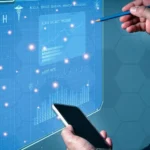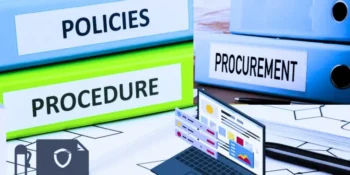In the wake of digital transformation, remote learning technology has emerged as a pivotal tool for education. It enables students to access educational resources and engage in learning activities from anywhere with an internet connection. This article explores the intricacies of remote learning technology, examining its functionalities, impacts, and ethical considerations surrounding its integration into educational ecosystems.
Remote Learning Technology: Facts
Understanding the foundational facts surrounding remote learning technology is essential for recognizing its potential benefits and challenges:
- Definition and Modalities: It encompasses a variety of digital tools and platforms designed to facilitate online education, including learning management systems (LMS), video conferencing software, interactive multimedia resources, and digital collaboration tools. These technologies enable students and educators to connect virtually, access course materials, and participate in interactive learning activities.
- Accessibility and Flexibility: Remote learning provides students with flexible access to educational resources, allowing them to learn at their own pace and schedule. Remote learning accommodates diverse learning styles and preferences by removing geographical barriers and time constraints, fostering inclusivity and personalized learning experiences.
- Pedagogical Adaptation: Educators have effectively adapted pedagogical approaches to leverage remote learning technology. Blended learning models combine online instruction with face-to-face interactions. At the same time, flipped classrooms reverse the traditional lecture and homework components, enabling students to engage in active learning and collaborative activities outside of class time.
- Digital Divide and Equity: The digital divide challenges equitable access to remote learning technology, particularly for students from low-income households or rural areas with limited internet connectivity and access to digital devices. Efforts to address the digital divide, such as providing subsidized internet access and student loaning devices, are essential to ensure equitable access to remote learning resources.
Remote Learning Technology: Views
Examining various perspectives on remote learning technology provides insight into the opportunities and challenges it presents:
- Enhanced Learning Opportunities: Proponents of remote learning technology emphasize its potential to enhance learning opportunities and outcomes through interactive multimedia resources, virtual simulations, and collaborative online activities. Remote learning fosters student engagement, critical thinking, and digital literacy skills, preparing learners for success in a technology-driven world.
- Educational Equity: Critics raise concerns about remote learning technology exacerbating educational inequities, particularly for students facing socioeconomic challenges or lacking access to reliable internet connectivity and digital devices. Bridging the digital divide and addressing disparities in access to technology is essential to ensure that all students have equal opportunities to benefit from remote learning.
- Pedagogical Innovation: It encourages pedagogical innovation and experimentation, empowering educators to explore new teaching strategies and methodologies. Adaptive learning algorithms, personalized learning pathways, and data analytics tools enable educators to tailor instruction to individual student needs and provide timely feedback for improvement.
- Privacy and Data Security: Safeguarding student privacy and data security is paramount in implementing remote learning technology. Educational institutions must adhere to strict data protection regulations, obtain informed consent for data collection and usage, and implement robust cybersecurity measures to prevent unauthorized access or misuse of sensitive information.
Conclusion
Remote learning technology holds immense promise for revolutionizing education, offering flexible, accessible, and personalized learning experiences for students worldwide. However, realizing this potential requires addressing technical, pedagogical, and ethical challenges associated with its adoption. By prioritizing educational equity, pedagogical innovation, and data privacy, we can harness the benefits of remote learning technology while mitigating risks and ensuring responsible use. Embracing remote learning as a tool for expanding educational access and promoting lifelong learning is essential to shaping a future where education is accessible, inclusive, and empowering for all learners, regardless of their circumstances or backgrounds.










